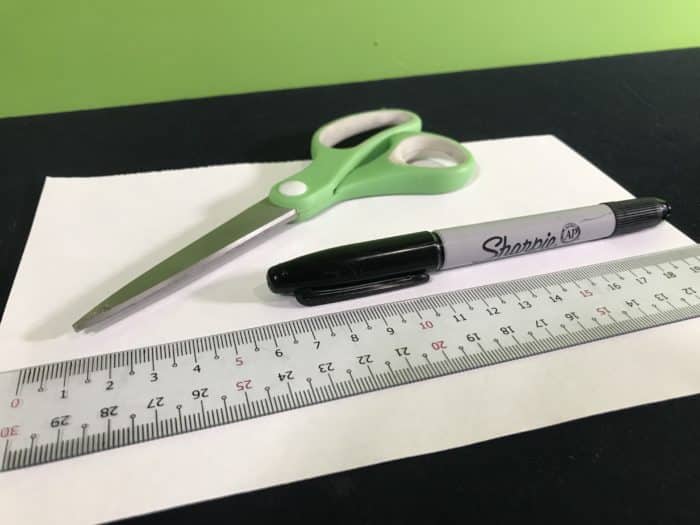
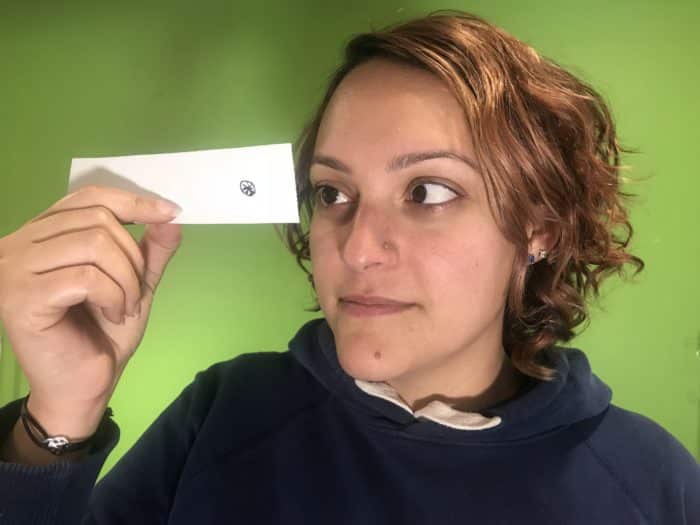
Hold the paper strip up to your face, so that the cross is in front of your right eye.
The picture of the ‘target’ should be to the right of your face. Close your left eye. Focusing on the cross, slowly move the paper away from your face.
As you move the page away from your face, you notice that at some point you can’t see the ‘target’ within your peripheral vision; you’ve found where your blind is!
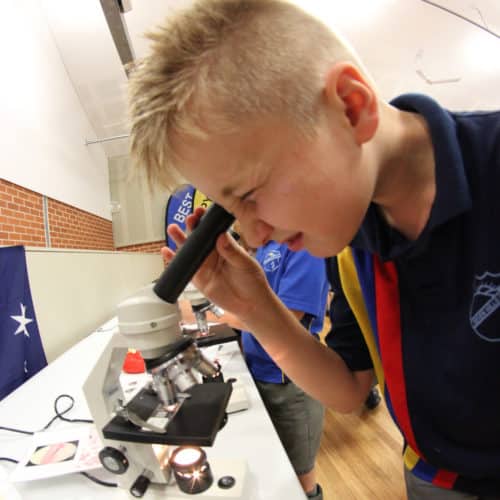
School science visits since 2004!
– Curriculum-linked & award-winning incursions.
– Over 40 primary & high school programs to choose from.
– Designed by experienced educators.
– Over 2 million students reached.
– Face to face incursions & online programs available.
– Early learning centre visits too!

Get the Unit of Work on the human body here!
- Learn about the major body systems
- Dive into the five senses
- How does digestion, respiration, circulation and many other processes work and more!
Includes cross-curricular teaching ideas, student quizzes, a sample marking rubric, scope & sequences & more
Why Does This Happen?
The back of the eye, known as the retina, has a layer of cells that senses light and converts it into electrical impulses. These impulses are then sent to the brain via the optic nerve, enabling us to see.
The blind spot is due to the lack of photoreceptor cells in the area of the retina where the optic nerve exits the eye. This spot is known as the optic disc. Since there are no cells to detect light in this area, it creates a blind spot in our visual field.
You can see the blind spot area in the image below as a light circle area (to the right of the image).
Variables to test
- Shorten or lengthen the distance between the marks on your paper. Does this make a difference?
Teaching about the human body? From 5 senses to the skeletal system, the Human Body workshop has you covered!
Get in touch with FizzicsEd to find out how we can work with your class.
Human Body
Years 3 to 6
Maximum 30 students
School workshop (NSW only)
60 or 90 minutes
Online Class Available
STEM Full Day Accelerator - Primary
Designed from real classroom experiences, this modular day helps you create consistently effective science learning that directly address the new curriculum with easily accessible and cost-effective materials.

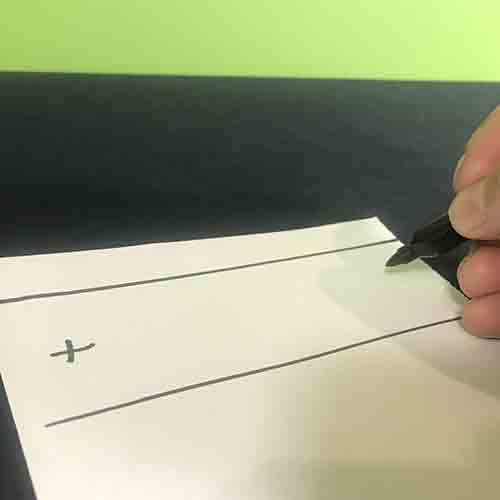
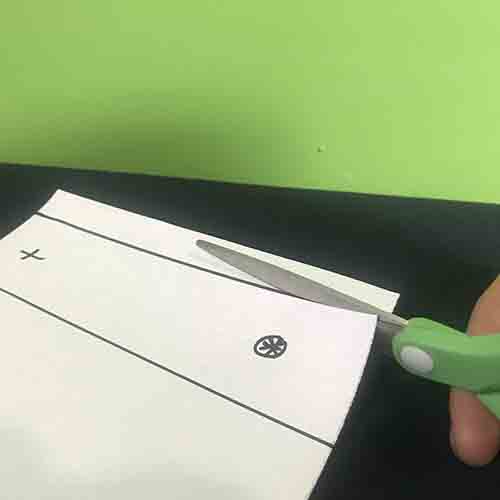

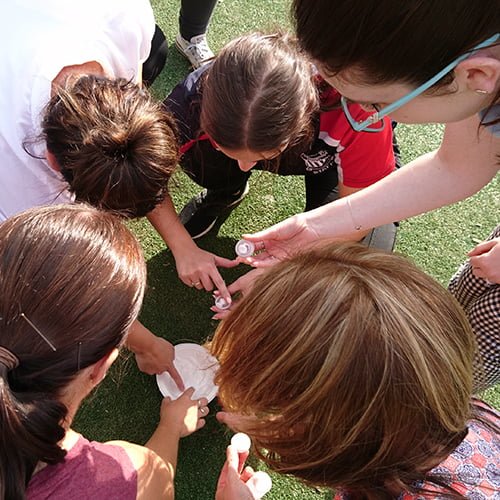
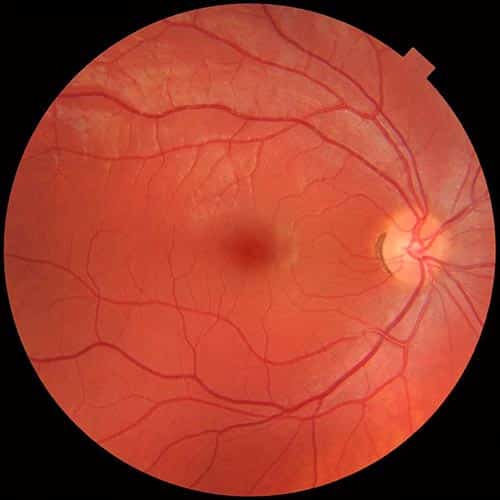

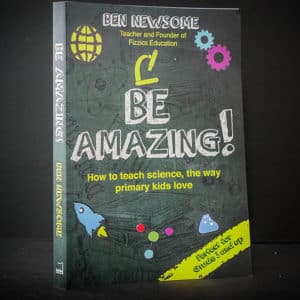























Comments